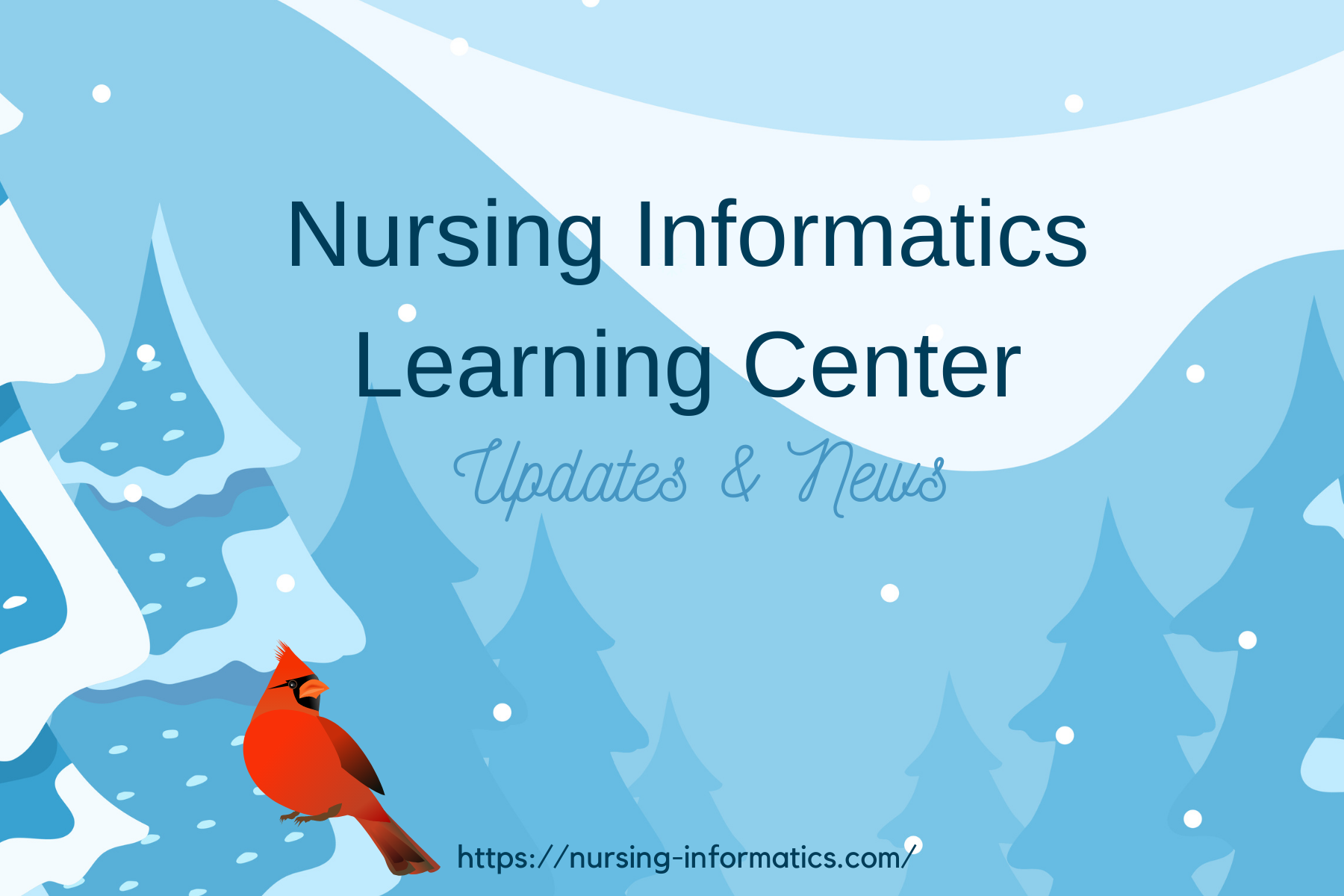This research study was done by 29 of my students and I as a collaborative assignment in a BSN qualitative research class. The focus is on the use of technologies within a hybrid degree program. Each student worked on one aspect of the research process as part of a team to complete this study within one semester.
Background and Philosophy
 It is undeniable that there has been a tremendous shift toward technology- centred societies worldwide. Specifically, the prevalence of online learning has unfolded in this wake. Online and partially online (hybrid) learning, like anything else, present both strengths and weaknesses. Condon and Garcia (2014) argued that online education could potentially minimize obstacles that may otherwise prevent the furthering of education. Such obstacles are defined in the article as “financial, social, and geographic barriers” (Condon & Garcia, 2014, p. 1). Maximizing the opportunity to further education via the use of technology can have far-reaching societal benefits.
It is undeniable that there has been a tremendous shift toward technology- centred societies worldwide. Specifically, the prevalence of online learning has unfolded in this wake. Online and partially online (hybrid) learning, like anything else, present both strengths and weaknesses. Condon and Garcia (2014) argued that online education could potentially minimize obstacles that may otherwise prevent the furthering of education. Such obstacles are defined in the article as “financial, social, and geographic barriers” (Condon & Garcia, 2014, p. 1). Maximizing the opportunity to further education via the use of technology can have far-reaching societal benefits.
In contrast to the benefits technology can serve in a learning environment, disadvantages are also important to consider. If online education is improperly facilitated, Condon and Garcia noted that it runs the risk of being “disengaging, impersonal, and costly” (2014, p. 1). Such factors could discourage the pursuit of further education.
Nursing education prepares nurses with the tools to thrive in the highly demanding work environment of working in a hospital and other healthcare settings. The goal of nursing education is to prepare nurses that can adapt to new information, while using new technology and making complicated judgement calls to provide the best care in competent ways (Bromley, 2010). Nursing education poses unique challenges when using conventional online learning environments which has caused many nursing educators to question if the online environment is an effective delivery style for student nurse learning.
Online learning has its advantages and disadvantages as outlined in a study by Bromley (2010) focused on the use of online learning in nursing education. In this study, Bromley found that disadvantages created by online learning were minimized by ensuring easy access to the technology needed for a program, technology support and having sufficient facilitation of both the online and clinical areas. Bromley (2010) also found that quality online learning helps to promote critical thinking with higher order thinking skills, while allowing the student nurses to attain their own teachable moments. As well, the online nursing education environment allowed students to learn in their selected environment thus they did not have to leave their home, family and friends to learn.
Technology has become a part of everyday life and resources that were once almost impossible to attain are now available right at people’s fingertips through the online world. Parker and Wassef (2010) analysed the use of online learning for graduate nursing students and found that programs varied in effectiveness. The more effective programs promoted online participation and interaction, and students appreciated programs that offered a sense of community as well as flexible hours (Parker & Wassef, 2010). Inconsistencies between program delivery methods should motivate different programs to analyse their own effectiveness in teaching and learning to improve the online learning environment. With the increase in online learning environment use to lead many more students to the workforce, there is controversy over whether these students can meet the high demands of the working reality of healthcare.
Research results regarding the use of technology in postsecondary education have proven to be variable (Henderson, Selwyn & Aston, 2015). This emphasizes the relevance of conducting a qualitative study to examine the perceptions of second degree students related to their experience with using various technologies within a hybrid nursing program. A phenomenological approach was used to explore the perceptual themes of the nursing students’ lived experience in using technologies to learn nursing theory and prepare for nursing practice.
READ ENTIRE PAPER ON CJNI





